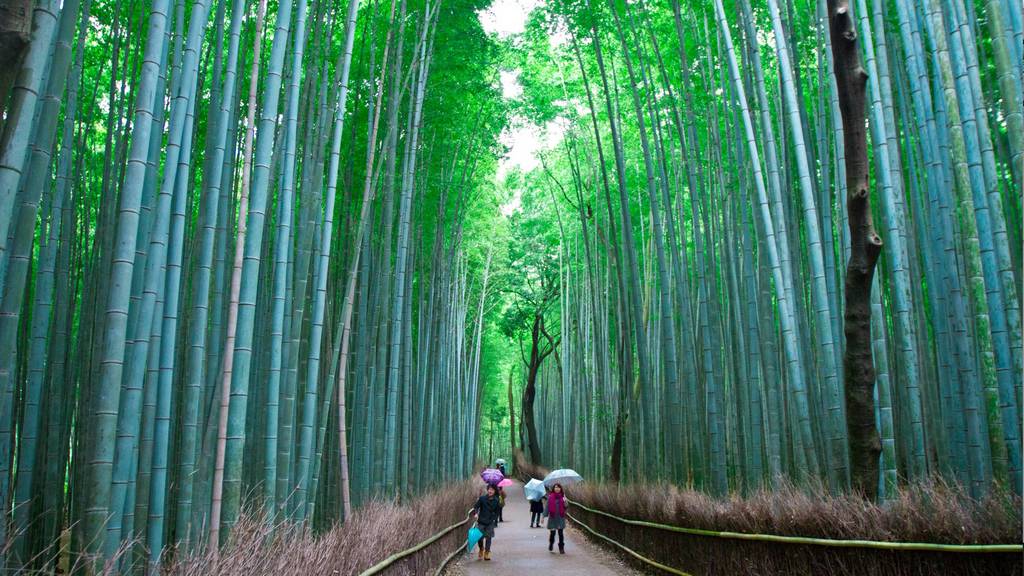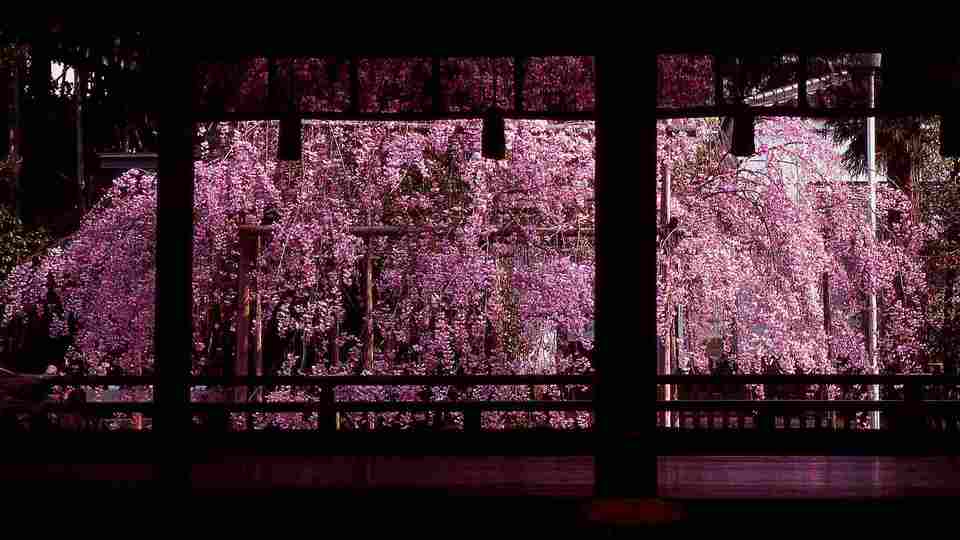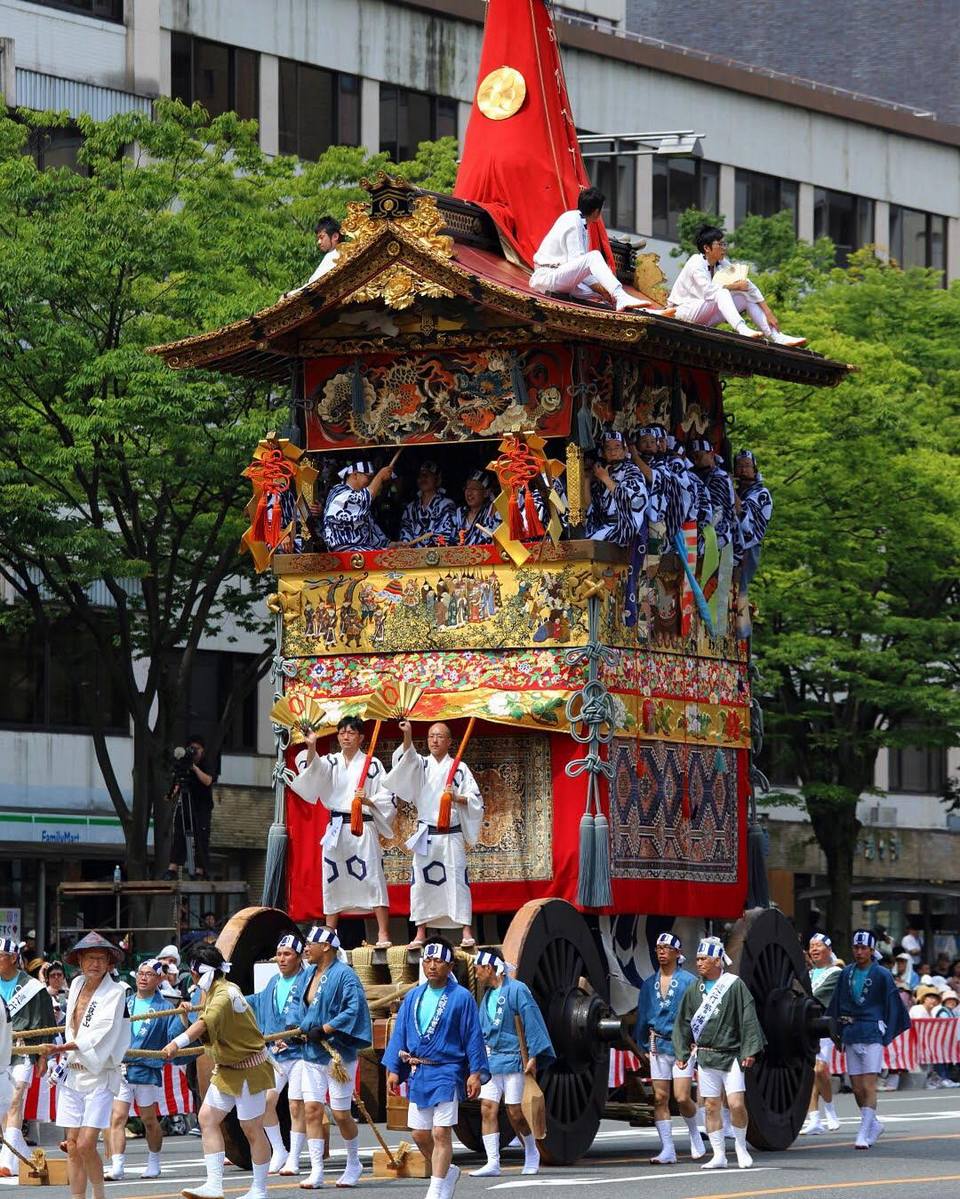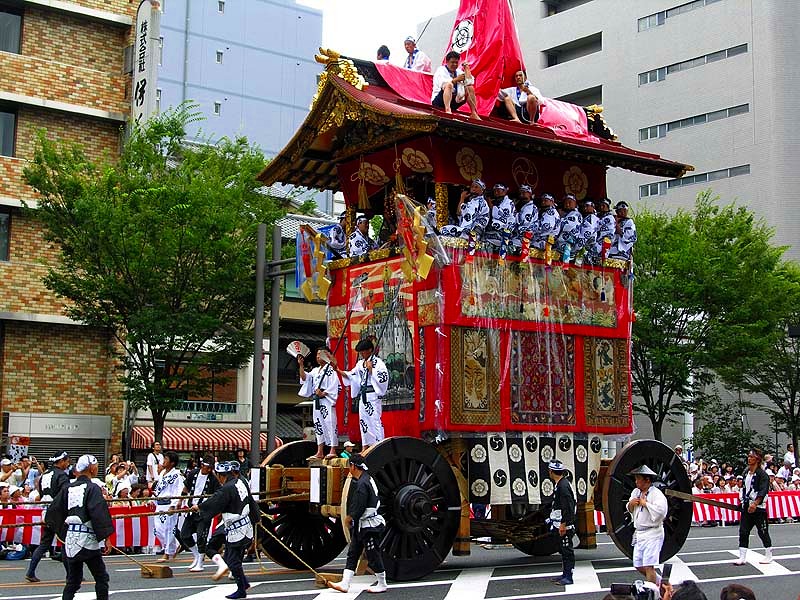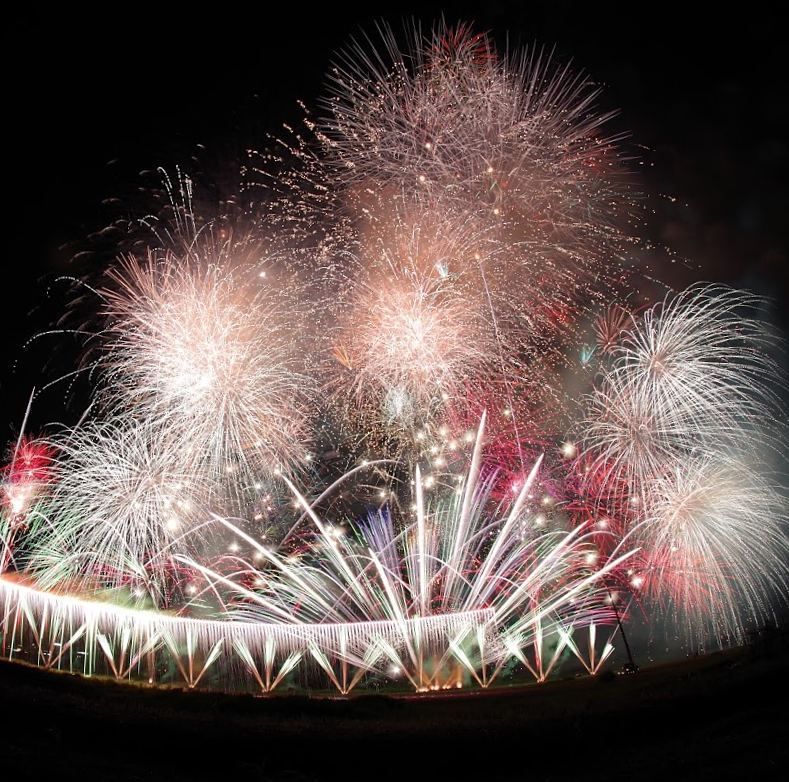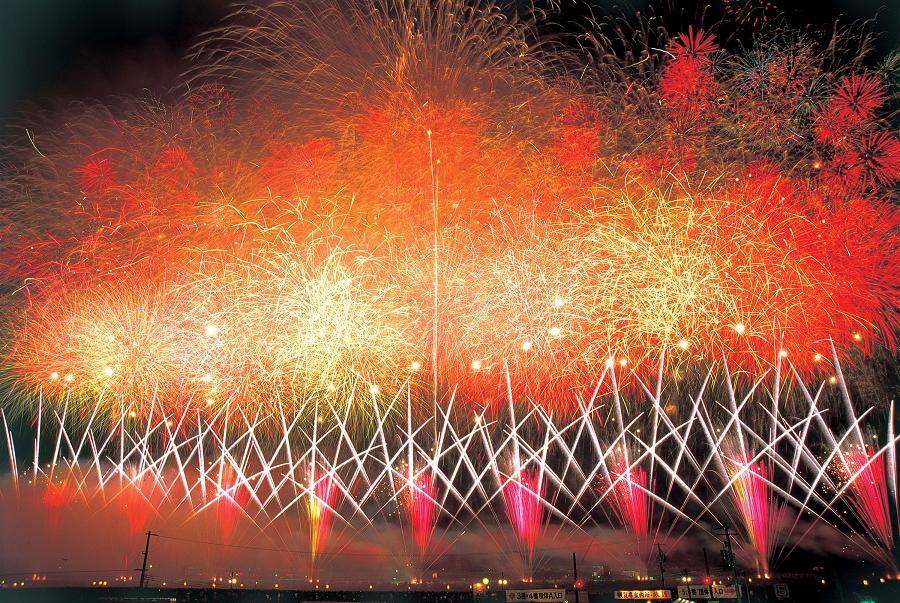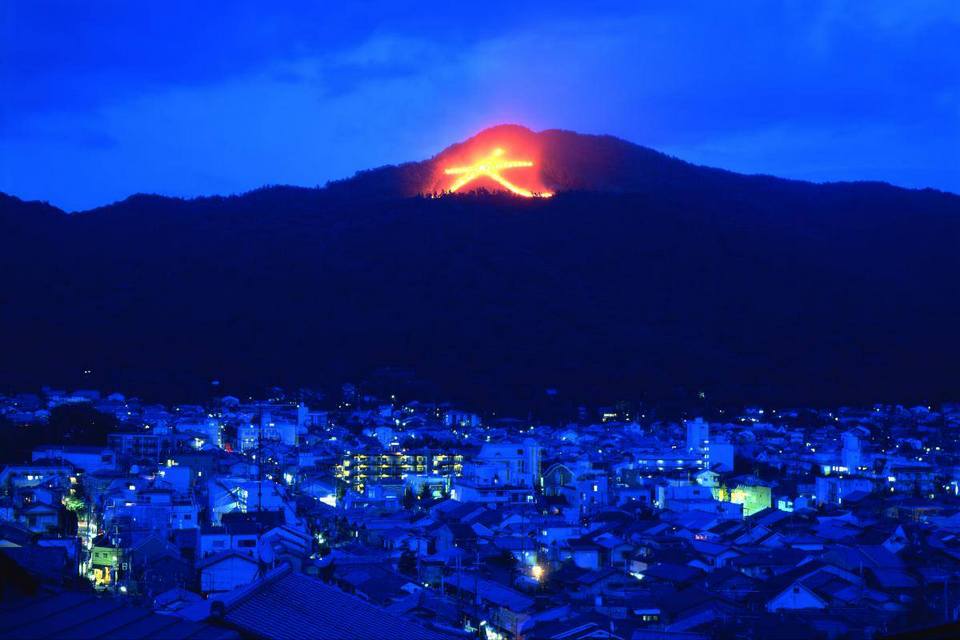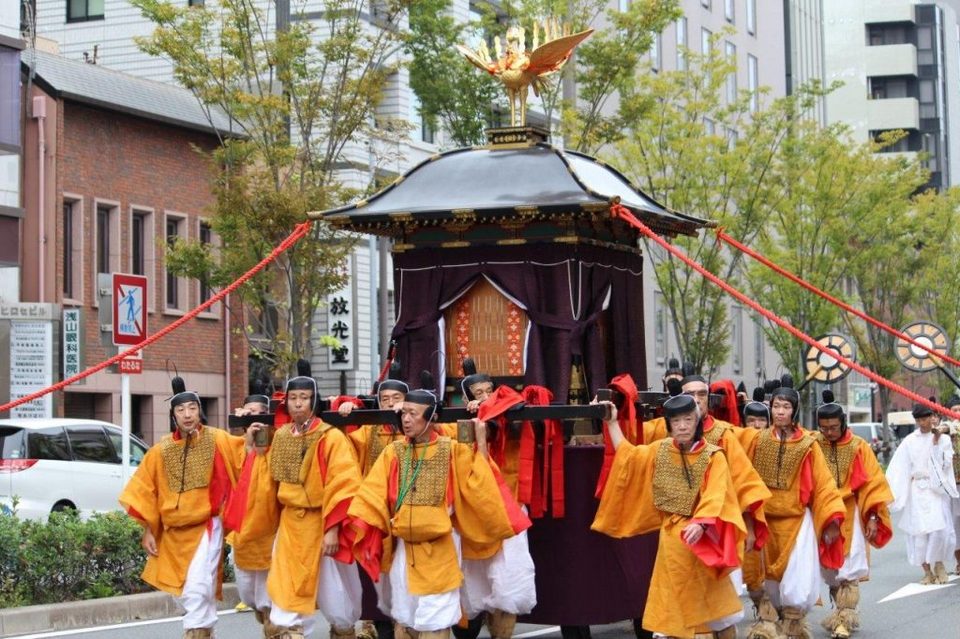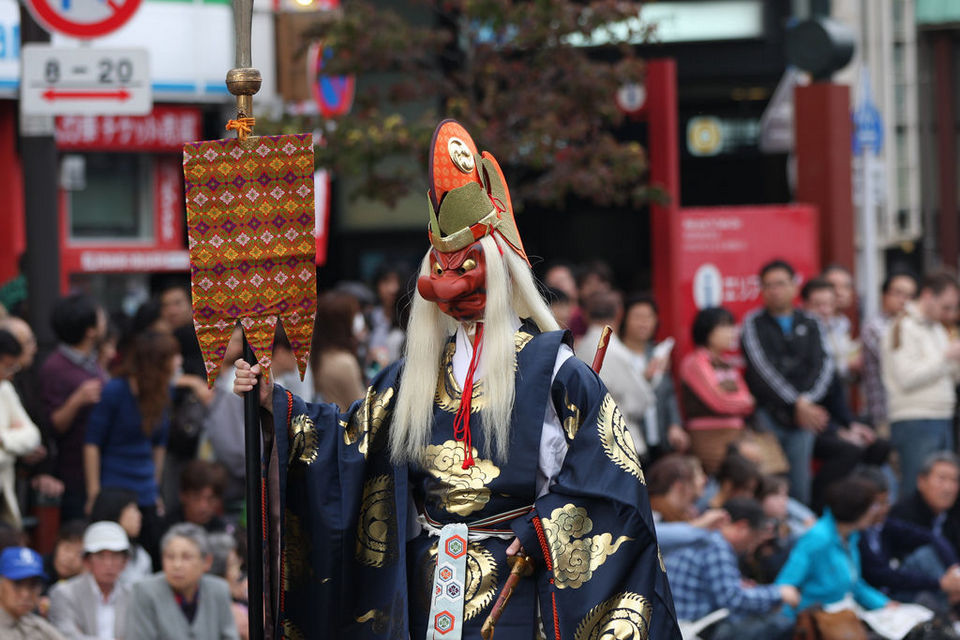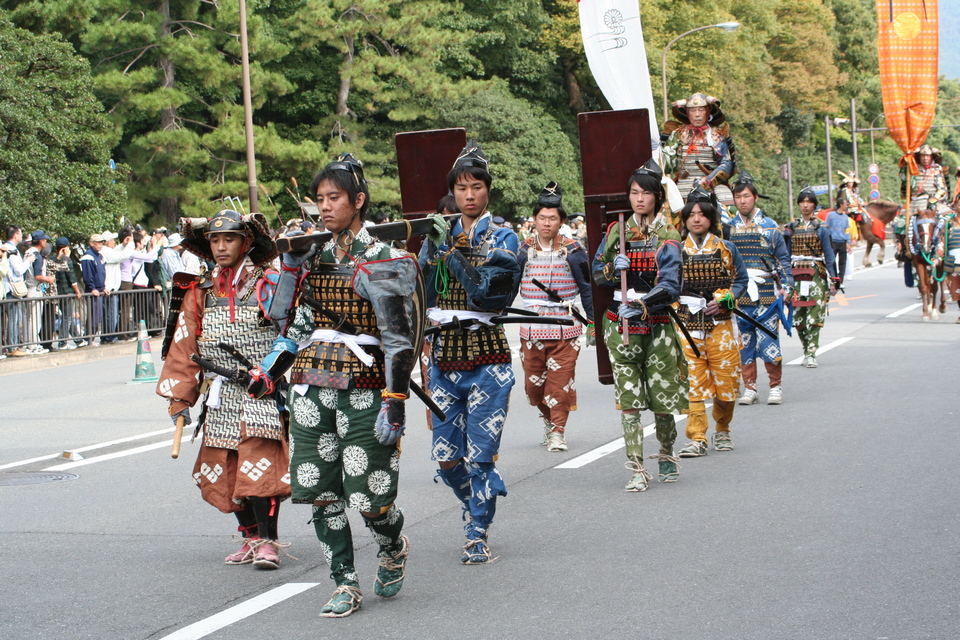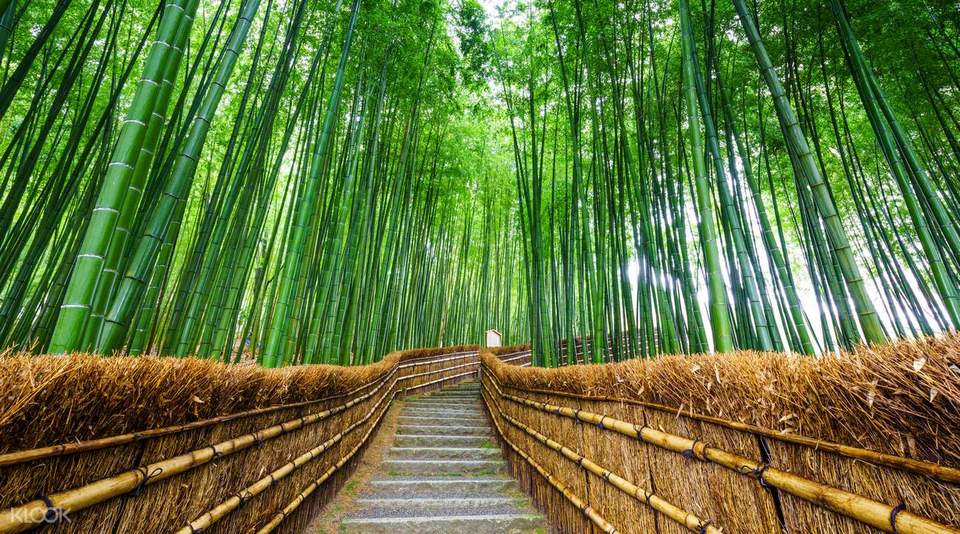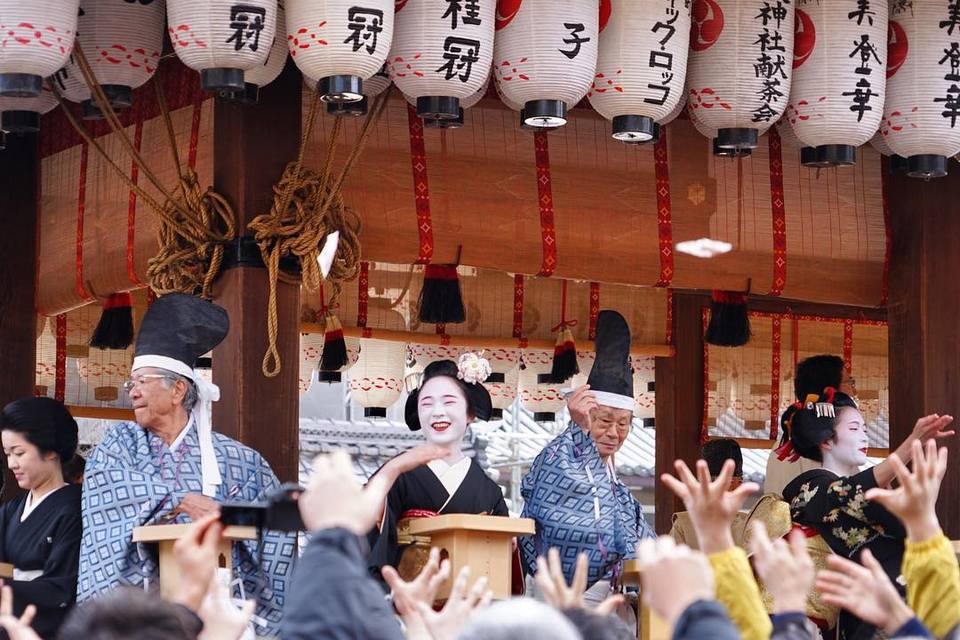Kyoto festival — Top 10 best events & most famous festivals in Kyoto you must see
Traditional festivities and festivals in Kyoto’s historic city have been passed down from generation to generation and enjoyed for thousands of years. Because Japan has four seasons, each time you visit Kyoto, you will have a new image and experience in mind. As a result, in this post, we will look at the top 10 Japanese traditional events and festivals in Kyoto (Kyoto festival) that you must visit from spring to winter with Focus Asia Travel.

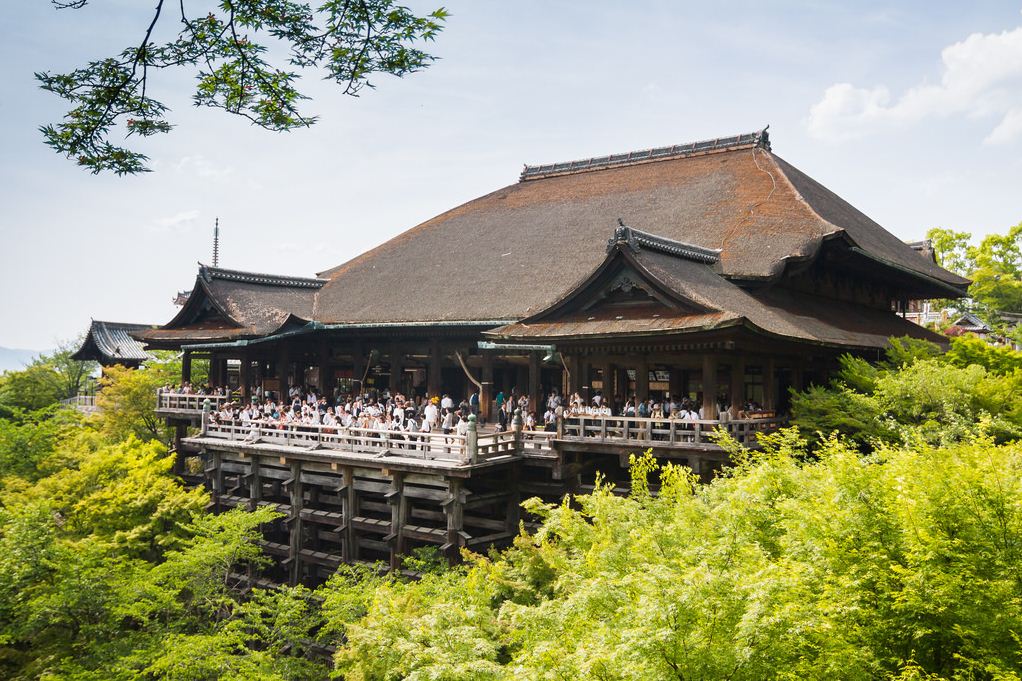
Kyoto spring festival
Ouka Festival
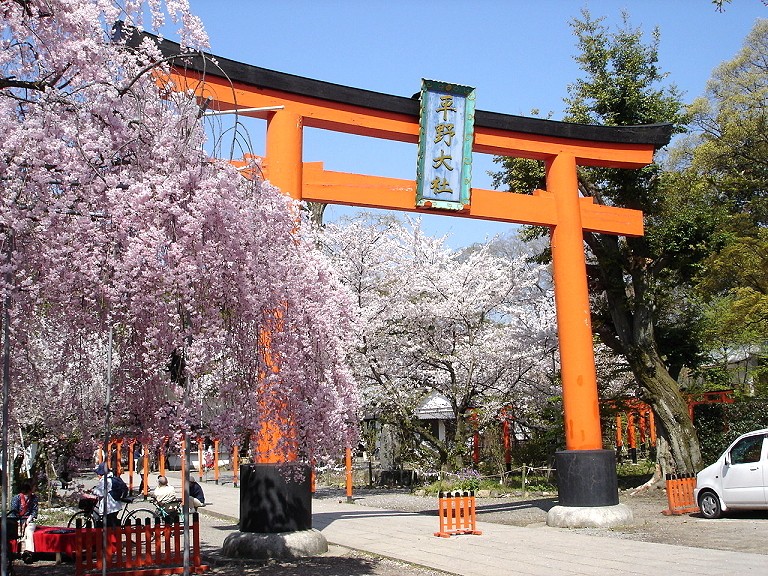
Every year on April 10th, the Ouka festival is held at Hirano Shrine. Emperor Hanayama erected hundreds of cherry trees around the Hirano Shrine in the middle of the Heian era, making this a great site to see cherry blossoms in the spring. There are about 400 cherry trees of 50 distinct kinds. During the Edo era, the shrine became known across Japan as “Hirano-no Yozakura (Hirano Night Cherry Blossoms).”
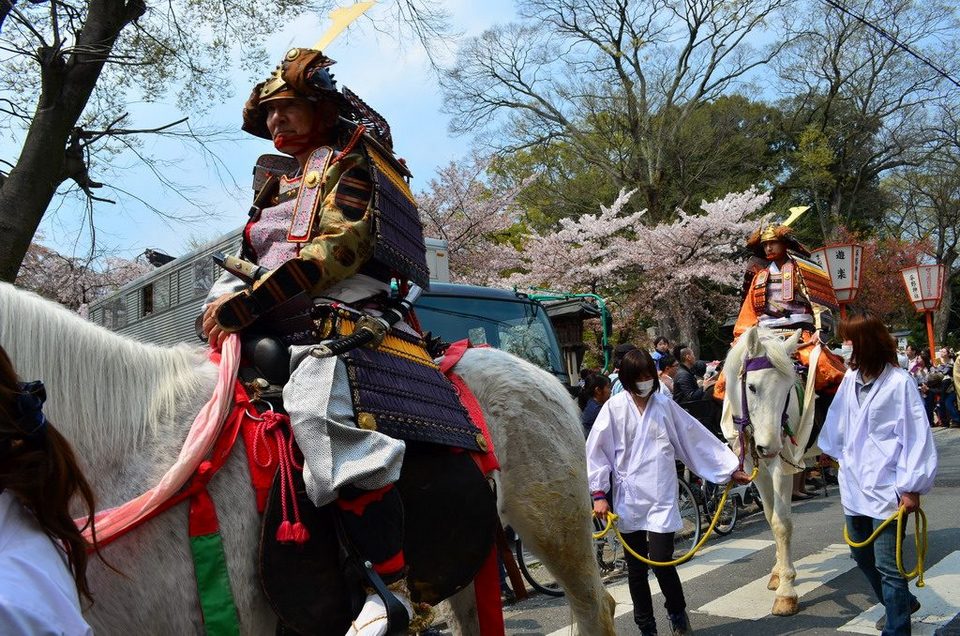
Period: April 10th
Access: Catch the Keifuku Railway Kitano Line, Get off at Kitano Hakubai Station, and walk in 10 minutes to the north.
Address: 1, Hirano-Miyamoto-Cho, Kita-Ku, Kyoto-shi (Google Map)
Homepage: http://www.hiranojinja.com/home/english-page
Aoi Festival

The Aoi Festival originated during the Heian period, when Kyoto’s Imperial Court was prospering. The procession, with many individuals dressed in beautiful aristocratic costumes, is the festival’s most notable element. The event takes place on May 15th at Kyoto’s Shimogamo and Kamigamo Shrines. It is a celebration with a history dating back to the first year of the Konin era (810), and each samurai period has a unique appeal, making the event well-known among international tourists. You should especially attend one of the world’s most exquisite traditional Japanese tournaments. That is Yabusame Shinji (horseback archery festival), when individuals compete in their abilities.
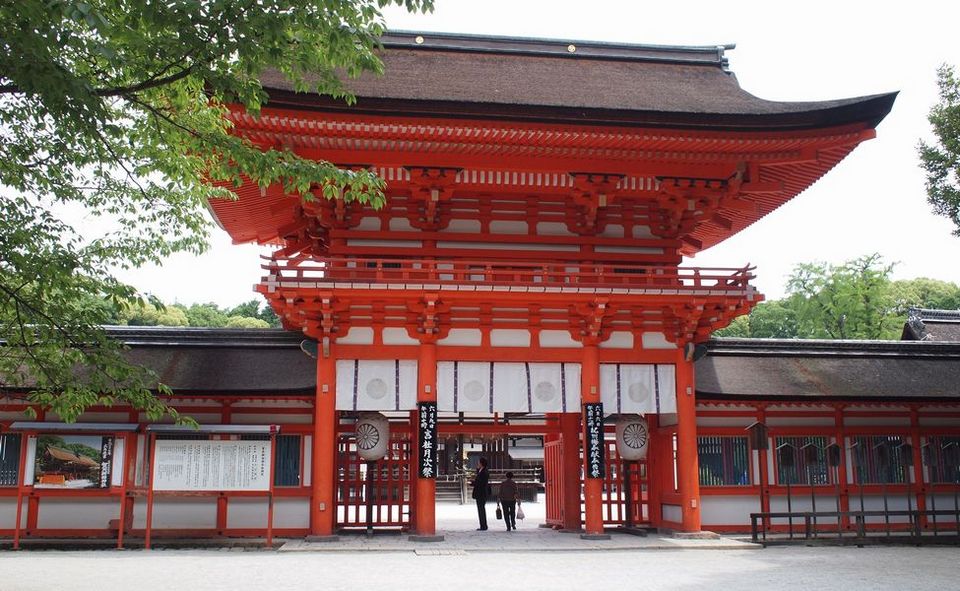
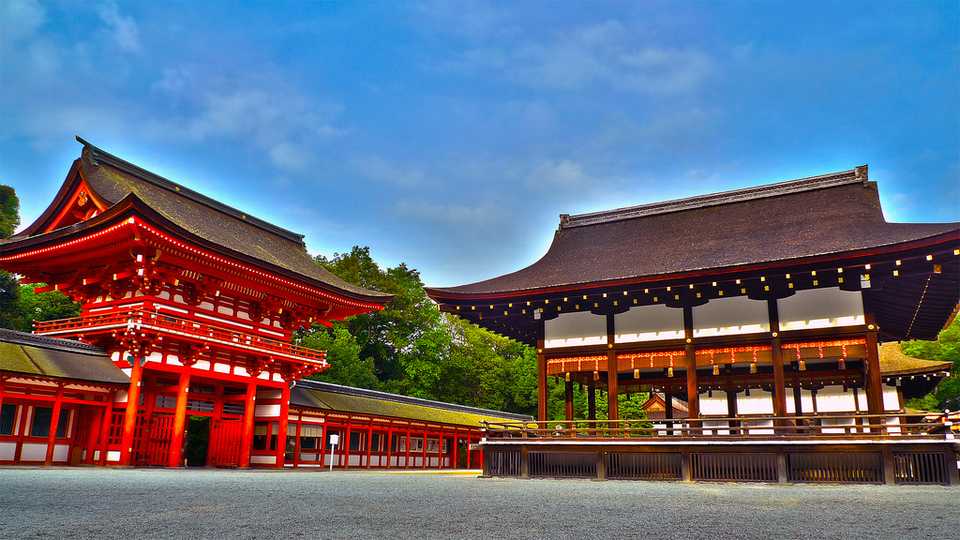
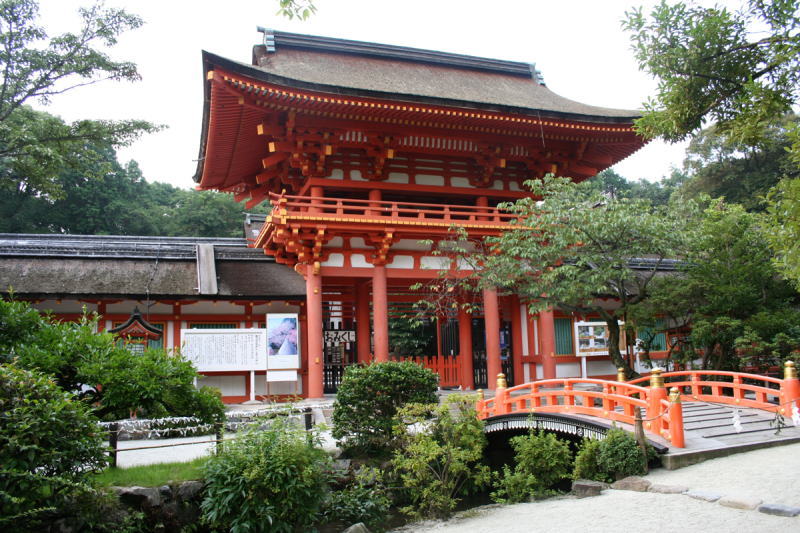
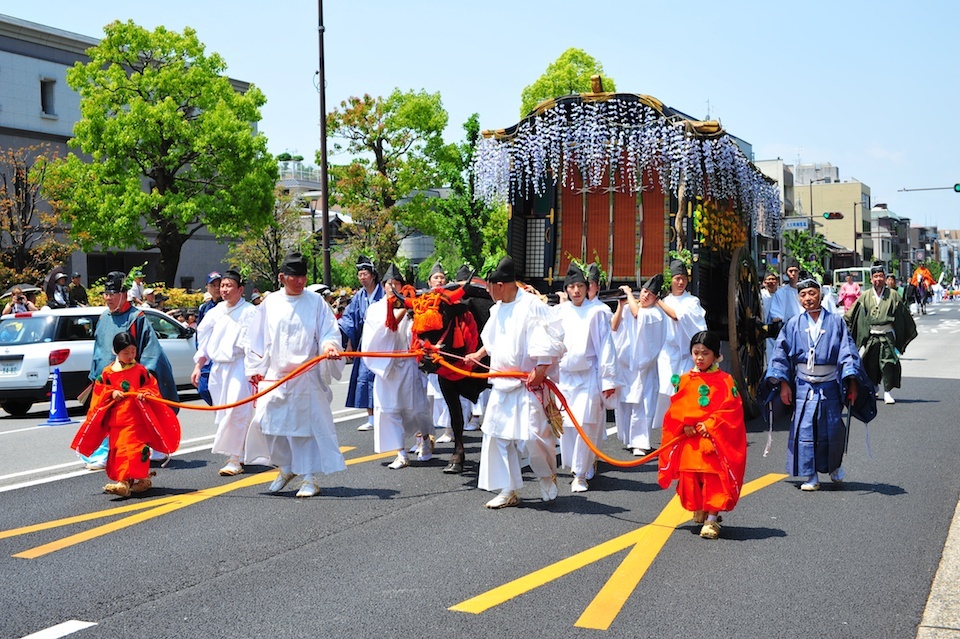
Period: May 15th
Access: Walk from Kyoto Imperial Palace and then through Shimogamo Shrine and Kamigamo Shrine
Address: 430, Aza-Ogaki, Miyazu-Shi, Kyoto (Google Map)
Homepage (Aoi Festival Route): https://www.kyokanko.or.jp/aoi/junkou.html
Homepage (Kamigamo Shrine): http://www.kamigamojinja.jp/english/index.html
Homepage (Shimogamo Shrine): http://www.shimogamo-jinja.or.jp/
Kyoto summer festival
Gion Festival
Yasaka Shrine is located in GionGion Celebration is a traditional festival held at Yasaka Shrine since the 9th century. The event lasts a month and is renowned as a festival for Kyoto residents. Among the many festivities, the “Yoiyama,” a procession of 23 adorned floats, is particularly appealing. In the heart of Kyoto, residents drag palanquins known as “Yamahoko” along Shijo Street, causing the street to become closed. Furthermore, there are many businesses in the neighborhood, allowing you to experience the Japanese festival’s food.
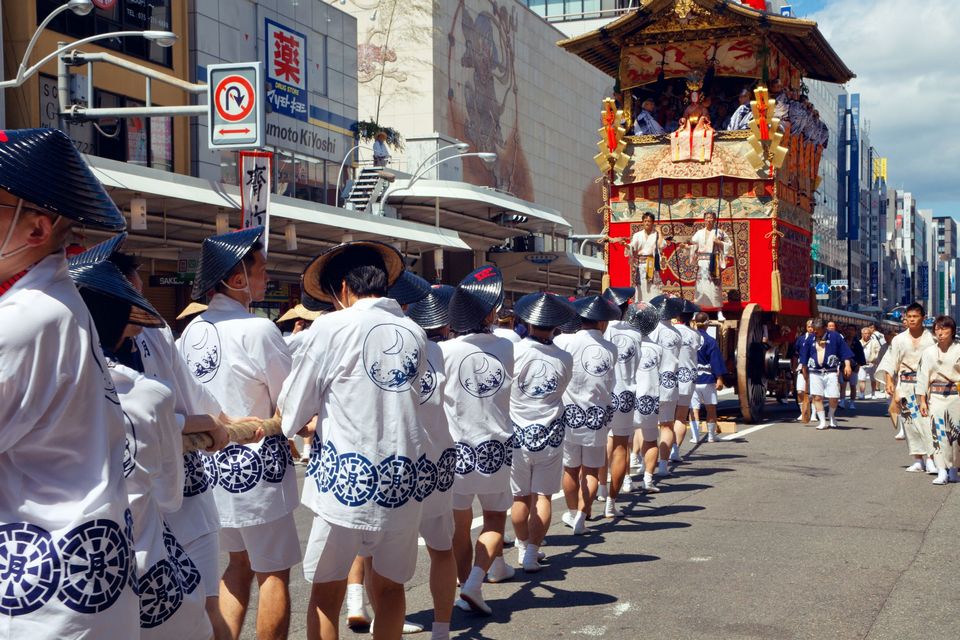
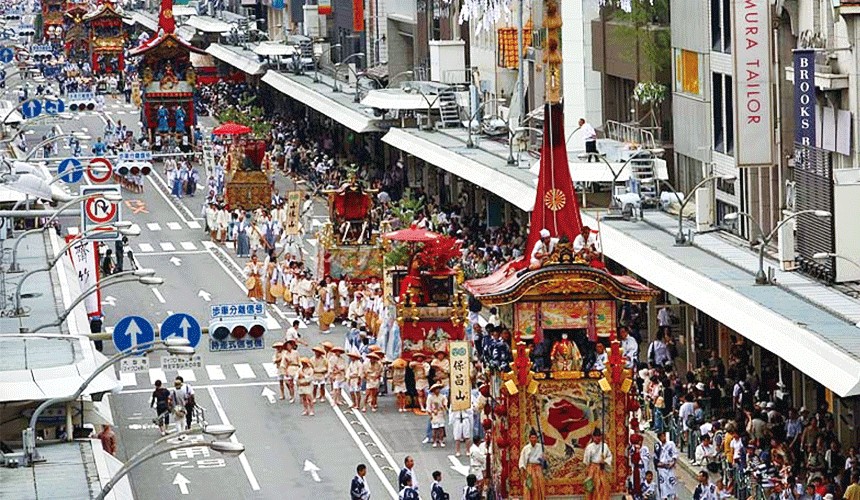
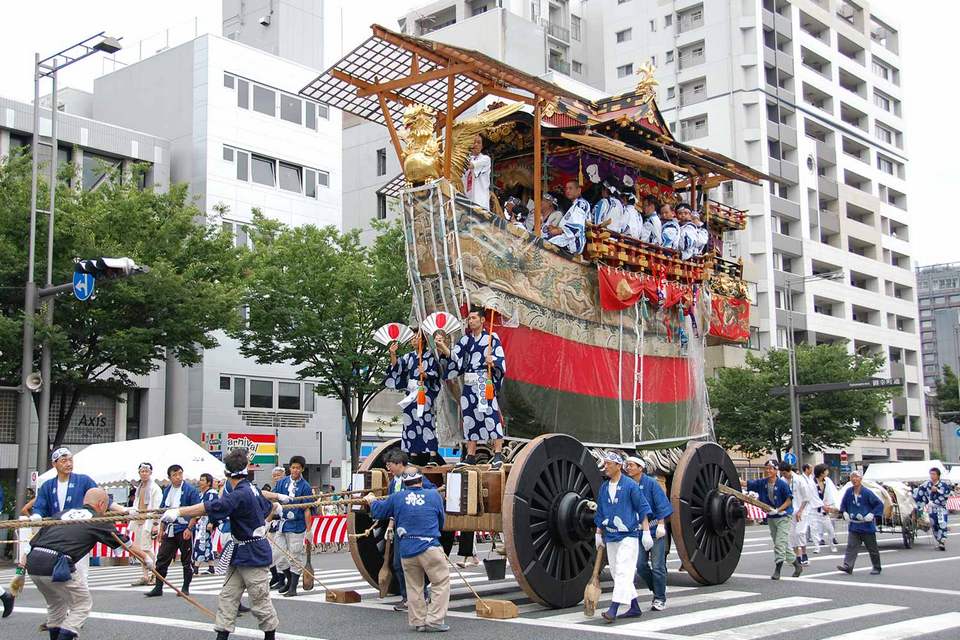
Period: July (On the 15th and 16th, you can take part in Yamahoko Parade and visit the stores around Shijo Area. On the 17th, Yamahoko Parade starts at 9:00)
Access: Around Shijo Kawaramachi Station (by Subway or Hankyu Train)
Homepage (Kyoto City Tourist Association ):https://www.kyokanko.or.jp/gion/
Homepage (Yasaka Shrine): http://www.yasaka-jinja.or.jp/en/
Fireworks Show
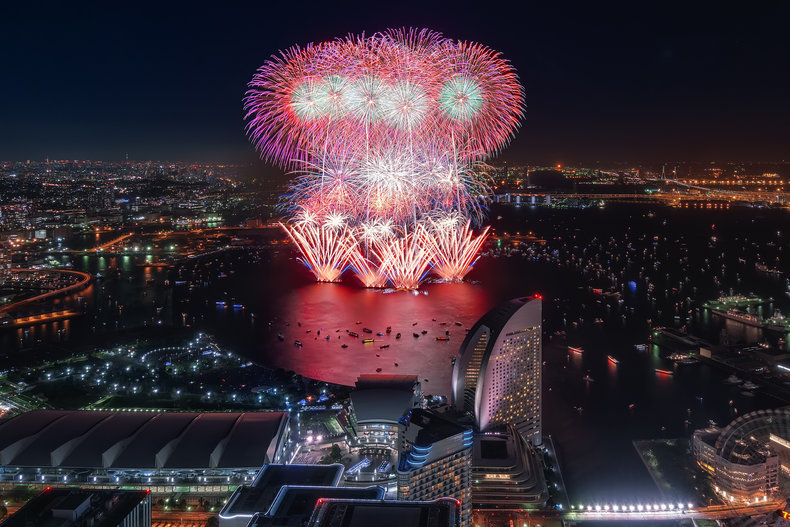
A fireworks display is a popular summer event that is frequently shown in Japanese films and anime. There used to be a number of firework celebrations in Kyoto, but many of them are no longer conducted. You may now partake in a Japanese summer ritual. As a result, we launch fireworks in Biwa Lake in Shiga Prefecture. By JR rail, it just takes approximately 10 minutes from Kyoto. Let’s go on the road so we don’t miss any fascinating events.
Furthermore, Biwa Lake is Japan’s largest and most beautiful lake. Why don’t you go because it’s easy to go to from Kyoto?

Period: August 8th (If it falls on Saturday or Sunday, the event may be held on another day.)
Time: 19:30-20:30
Access: From Kyoto, get on a JR train, get off at Otsu Station, and walk-in 10 minutes.
Area: Coast of Lake Biwa (Google Map)
Homepage: http://www.biwako-visitors.jp/hanabi/
Gozan no Okuribi festival
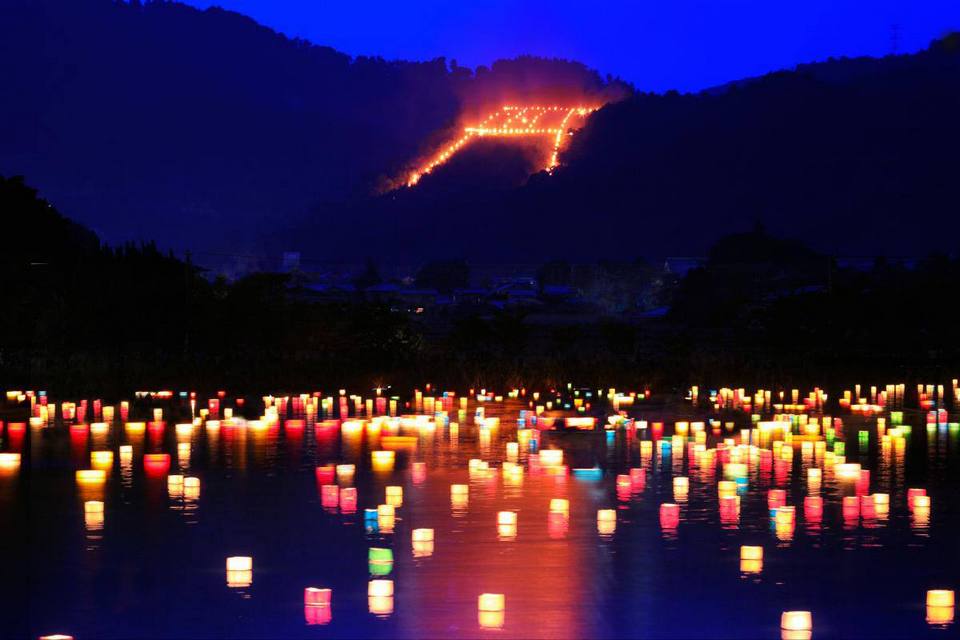
Every year on August 16, a Buddhist celebration called Okuribi is held on Mt. Daimonji and other Kyoto peaks. On this day, Japanese people typically burn the letter-shaped items that help the spirits of the deceased enter heaven after visiting their families at five temples in Kyoto. It’s a summer tradition shared by all Kyoto inhabitants.
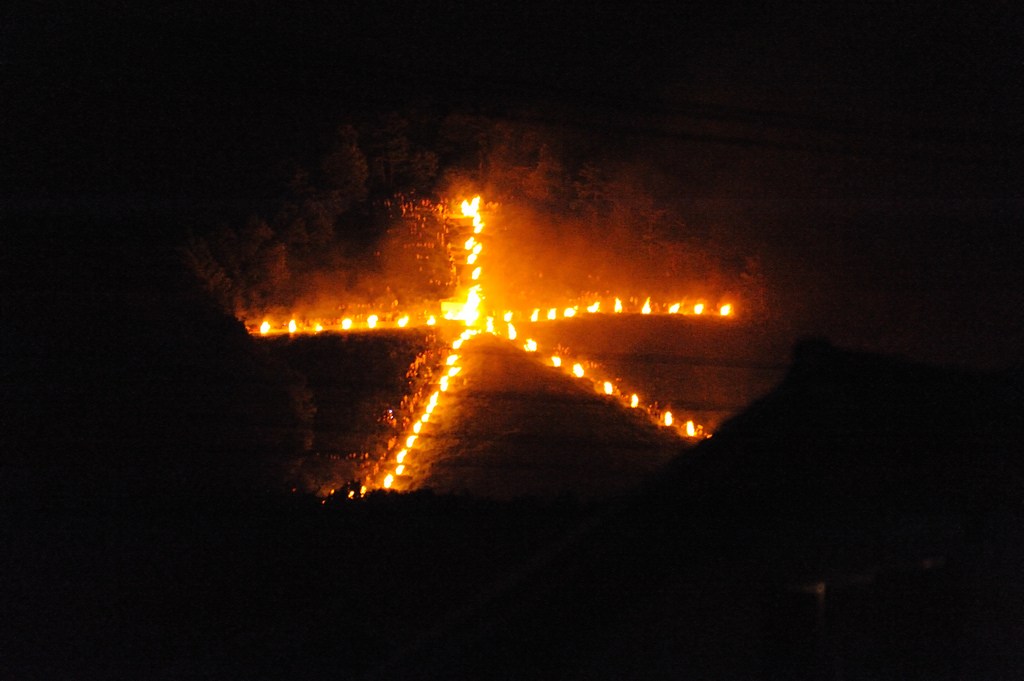
Period: August 16th, Make a fire at 20:00
Area: Several places in Kyoto city
Homepage:https://www.kyokanko.or.jp/okuribi/
Homepage (Map): https://www.kyokanko.or.jp/okuribi/image/okuribi_map1405.gif
Kyoto autumn festival
Jidai Festival
Jidai Festival is one of Kyoto’s most popular events. The event features a procession that tells the history of Kyoto. This event dates back to the dominated age of the nobility, which was followed by the dominated era of samurai, which was followed by the dominated era of the Meiji Restoration. When you come here, you will be able to view all of the magnificent costumes and performances from all eras.
Period: October 22nd and the Parade starts at 12:00.
Access: From Kyoto Imperial Palace to Heian Shrine
Address: [Heian Shrine] Okazaki-Nishi-Tennocho, Sakyo-Ku, Kyoto-shi city (Google Map)
Address: [Kyoto Imperial Palace] 3, Kyoto-Gyoen, Kamigyo-Ku, Kyoto-shi, Kyoto (Google Map)
Homepage [Heian Shrine]: http://www.heianjingu.or.jp/index.html
Arashiyama Momiji Festival
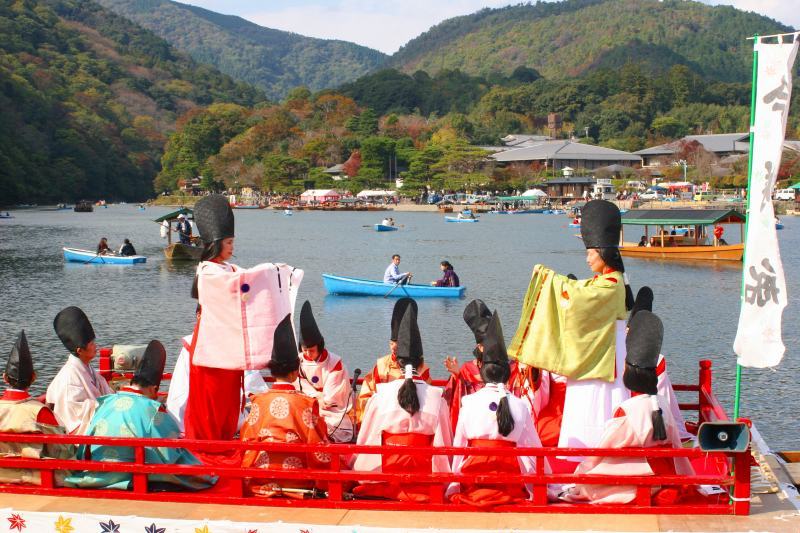
Arashiyama Momiji Festival is celebrated every November in Arashiyama. It is a celebration in the Heian period that secures the boat voyage of aristocratic lineage-belonging characters. Although the region is a little out of the way from Kyoto’s core, nature is incredibly lovely and courteous. Consider going to the Tenryuji church, a world-famous heritage monument.
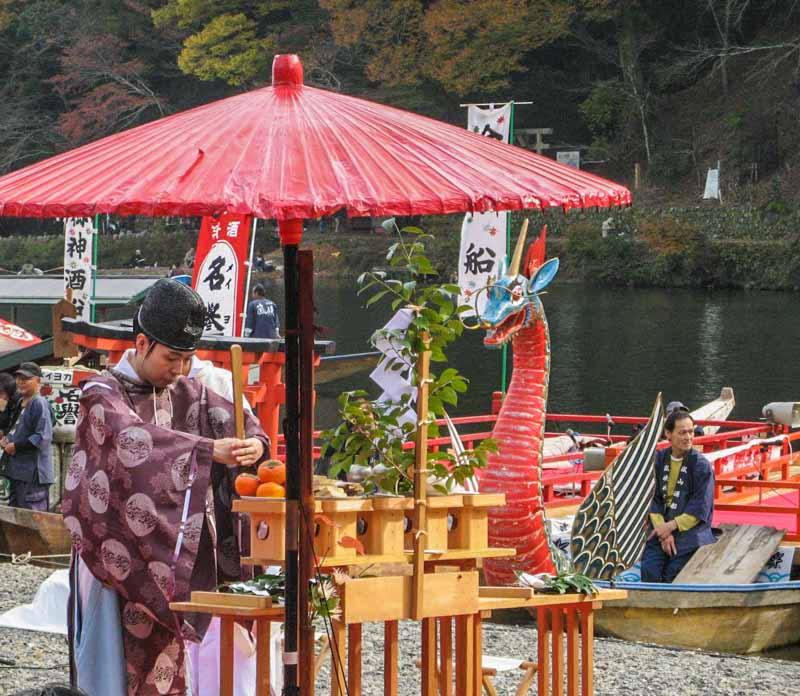

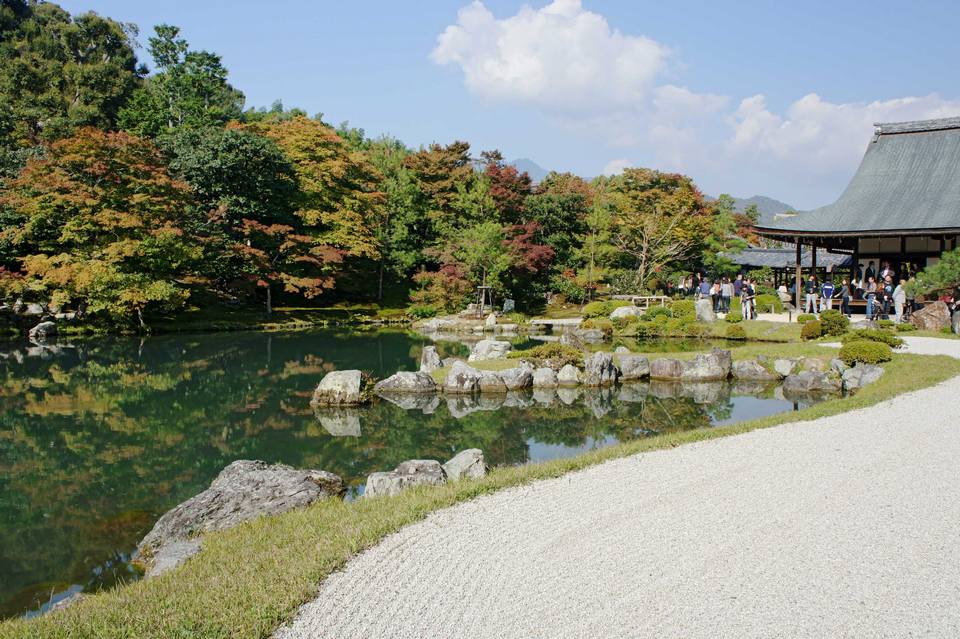
Period: the second Sunday of November
Access: surrounding Togetsukyo Bridge, near Arashiyama Station (by JR/Keihan Railway)
Address: 68, Susukino-baba-Cho, Saga-Tenryuji, Ukyo-Ku, Kyoto-shi, Kyoto (Google Map)
Homepage: http://www.tenryuji.com/en/
Kyoto winter festival
Hatsumode to Fushimi Inari Shrine
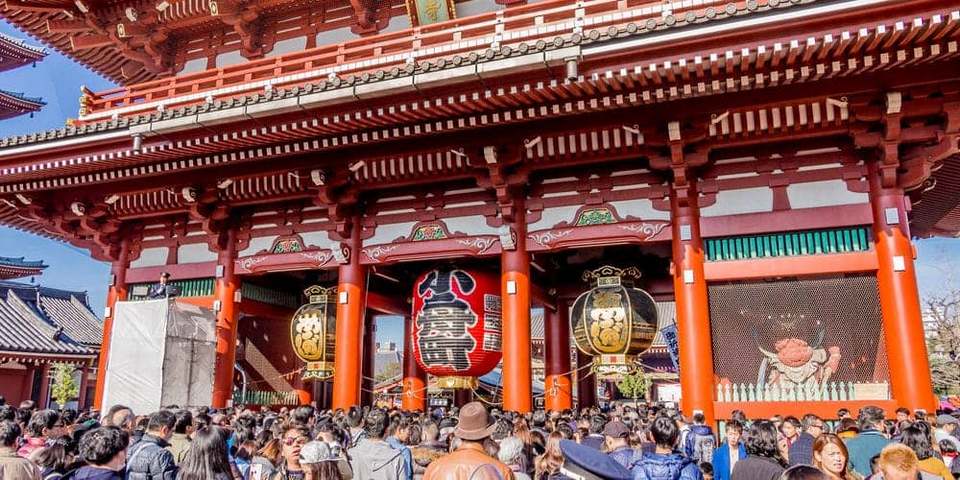
For a long time, religion and belief have been a way of life for the Japanese. Japan is thought to have had numerous different types of gods from ancient times. Hatsumode events, also known as early temple visits, are common on January 1st in Japan. As a result, on New Year’s Eve, people frequently attend temples, ring a bell to pray, and visit shrines on New Year’s Day. This is done in a really natural manner, and it is quite intriguing.
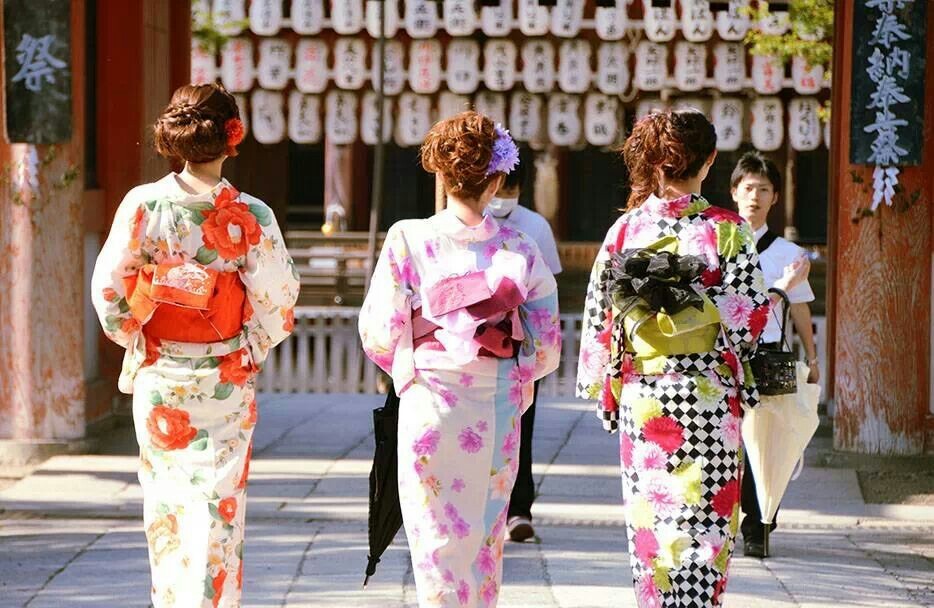
Many women are also dressed in beautiful kimonos. Hatsumode fair has a number of vendors where you can eat B-grade foods including takoyaki (a type of baked cake with octopus dumpling), yakitori (grilled chicken skewer), and yakisoba (fried noodle).
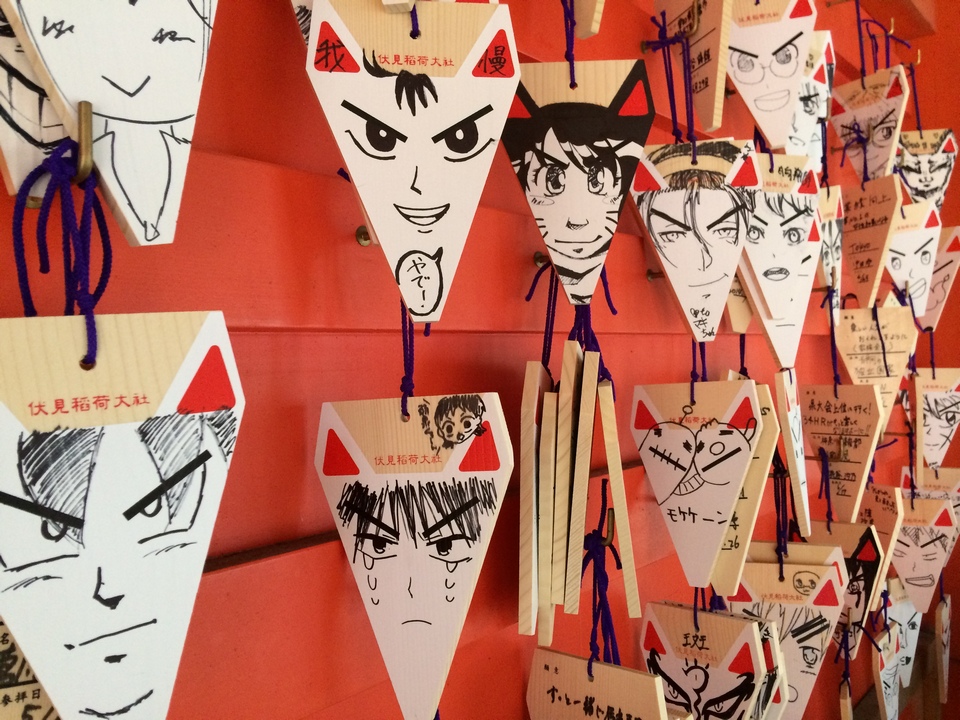
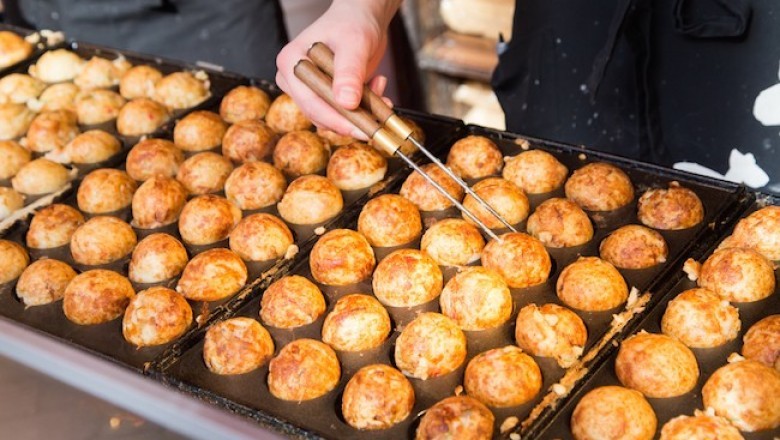
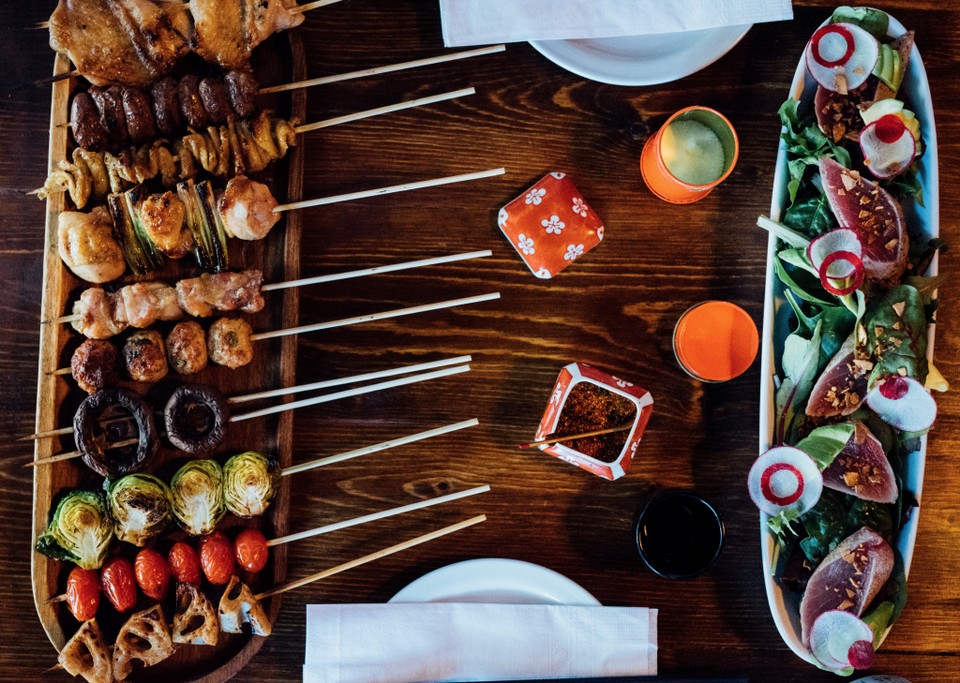
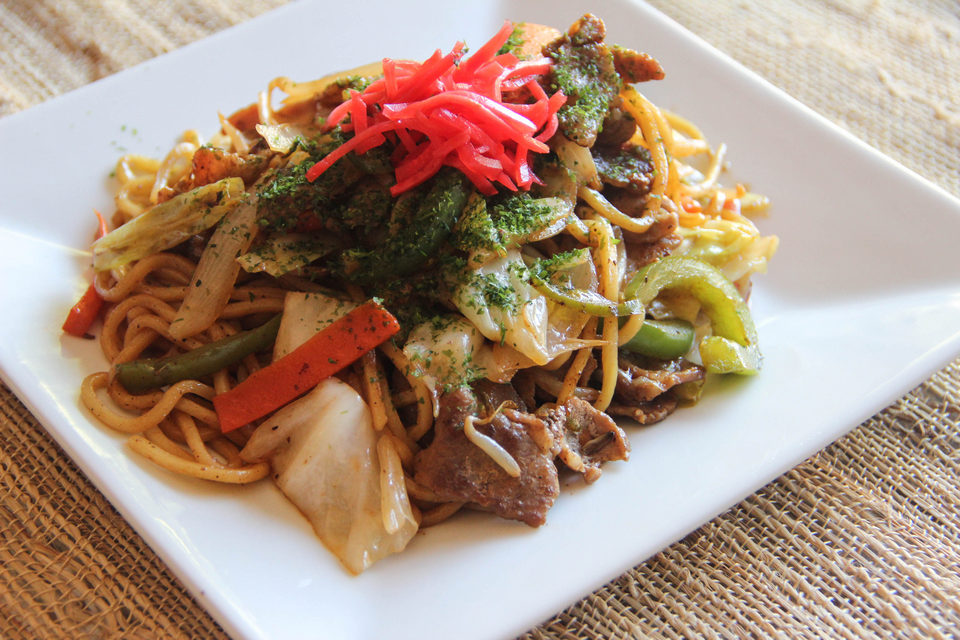
Period of Hatsumode: on January 1st -3rd
Access: get off at Inari Station on JR Nara Line (5 minutes from Kyoto)
Address: 68, Fukakusa-Yabunouchi-Cho, Fushimi-Ku, Kyoto-shi city, Kyoto (Google Map)
Homepage: http://inari.jp/access/
Kemari Hajime
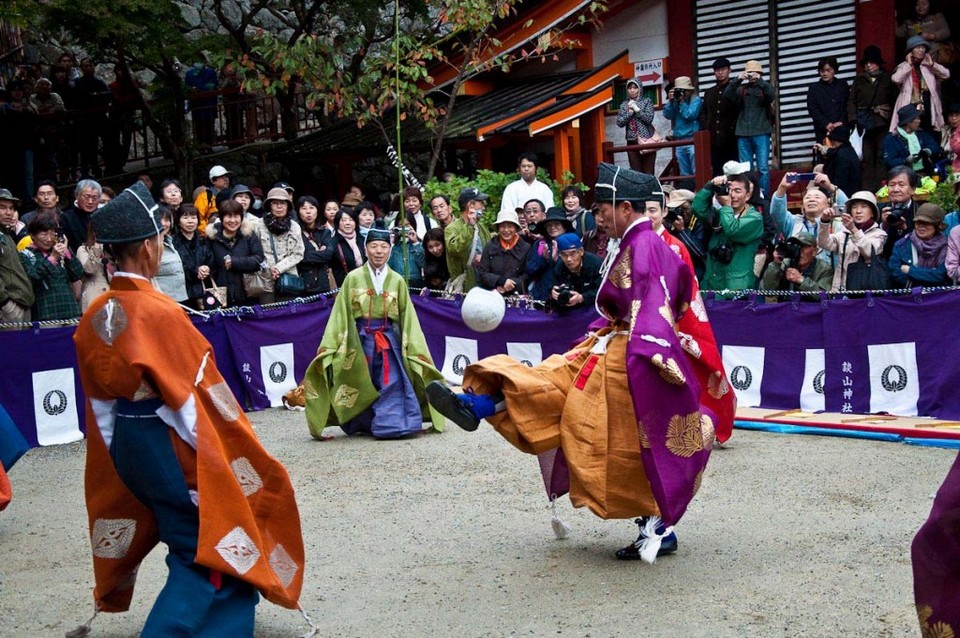
Kemari Hajime event, held on January 4th in Kyoto’s Shimogamo Shrine, replicates “Kemari” – an exquisite sport performed from the court of the Heian period. In a nutshell, “Kemari” is a type of ancient football. At first look, it appears to be a competition; yet, it is conducted out in accordance with conventional decorum. Participants will dress up in colorful costumes of government officials and perform in an atmosphere of distinctive yells and cheers.
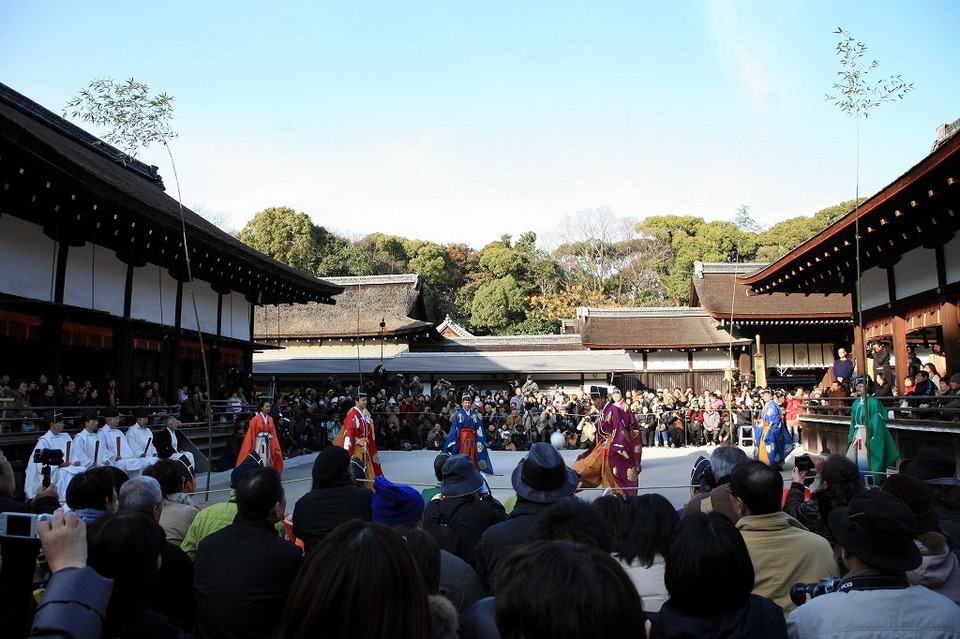
Period: January 4th
Address: 59, Shimogamo-Izumigawa-Cho, Sakyo-Ku, Kyoto-shi city, Kyoto (Google Map)
Homepage: http://www.shimogamo-jinja.or.jp/
Setsubun Festival: Maiko’s Mamemaki
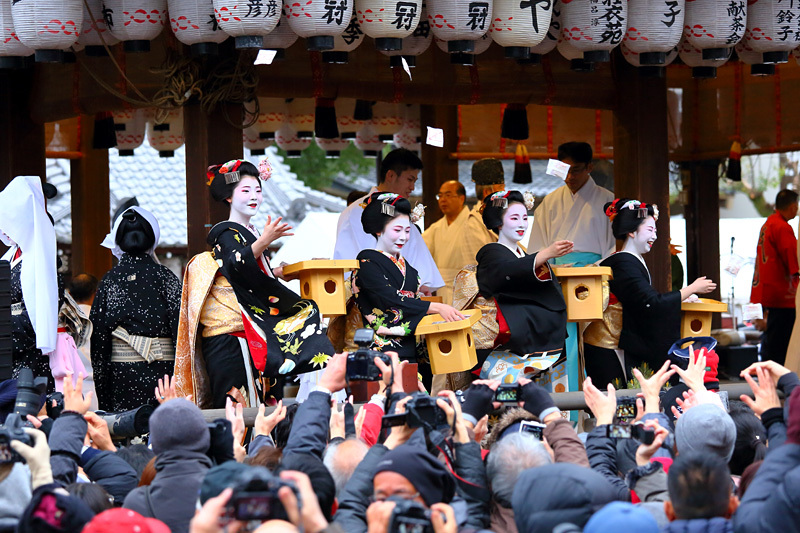
Finally, Setsubun is a Japanese traditional festival that takes place every year on February 3rd. On this day, individuals would sprinkle beans in numerous households with the desire for good health. Maiko (Japanese female dancers) will also be present at the event, wearing beautiful kimonos and throwing beans into precincts around the grounds of Yasaka Shrine. This is a wonderful opportunity to see Maiko, who is rarely seen anywhere other than Gion-Cho.
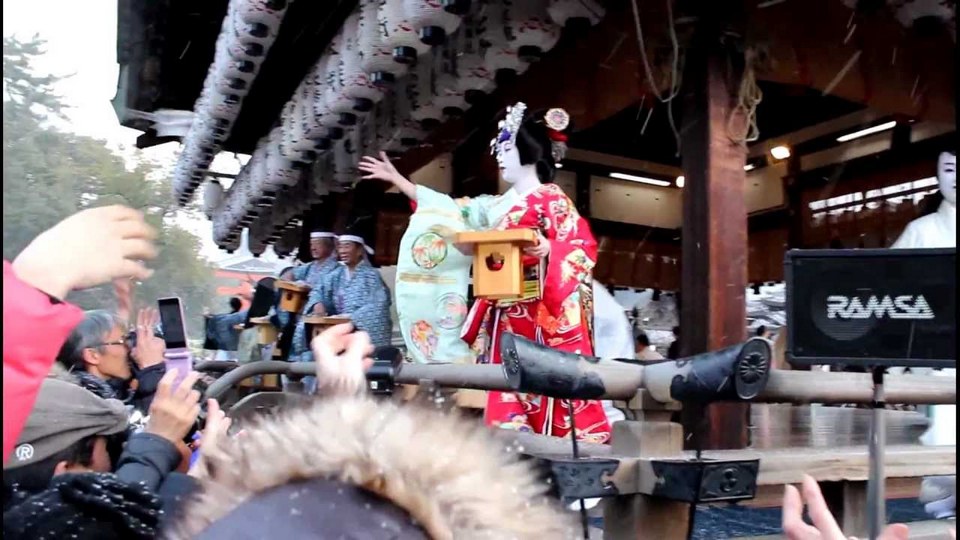
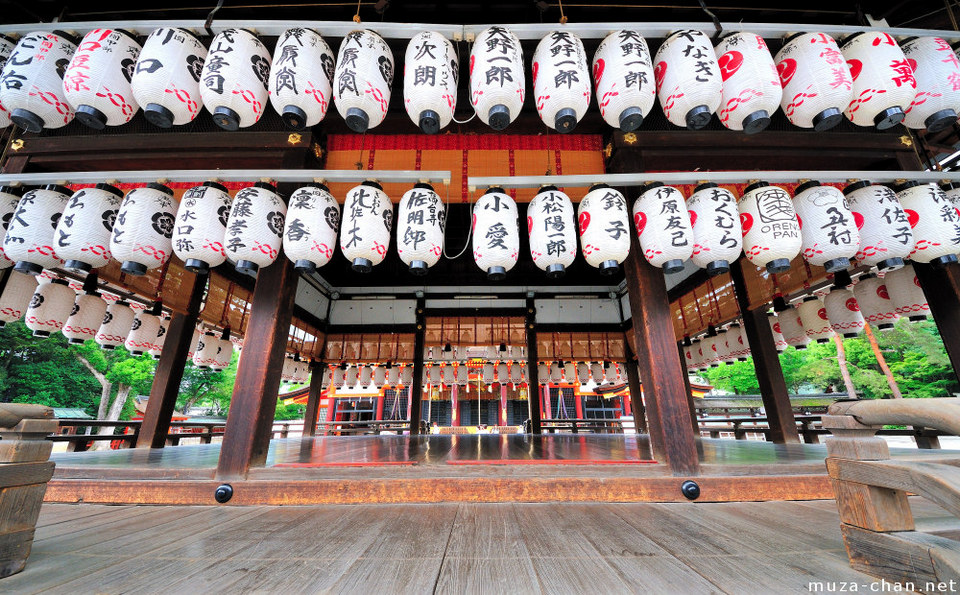
Period: February 2nd
Access: 5 minutes to walk from Shijo-Kawaramachi Station
Address: 625, Kitagawa, Gion-Cho, Higashiyama-Ku, Kyoto-shi city, Kyoto (Google Map)
Homepage: http://www.yasaka-jinja.or.jp/en/
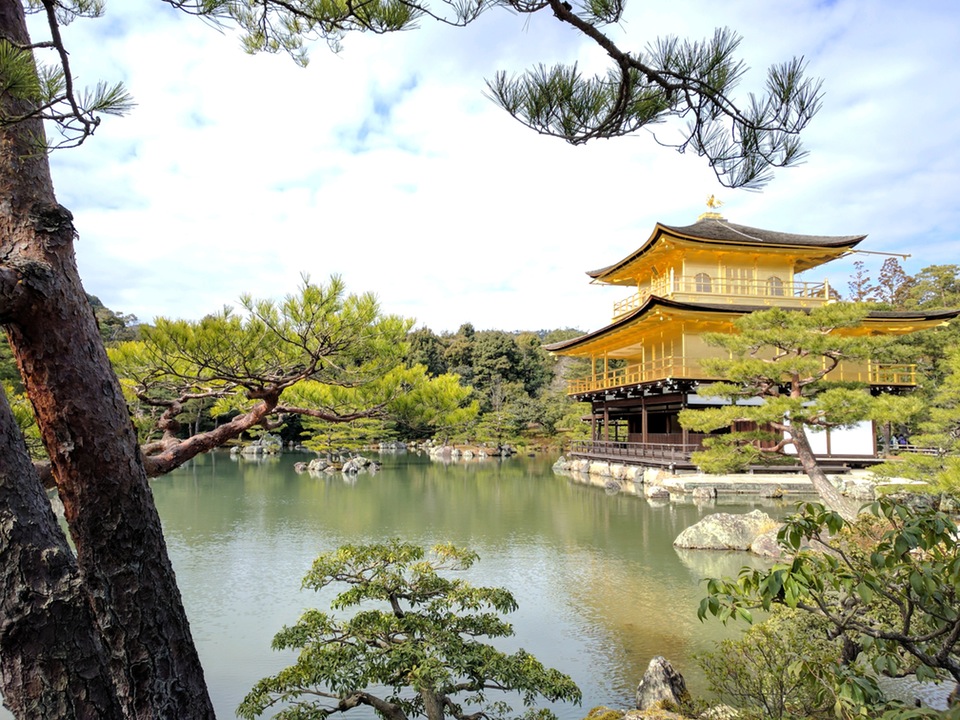
According to the US travel magazine “Travel+Leisure,” Kyoto has been named one of the top places in the world to visit this year. When visiting Japan, you must attend the above-mentioned traditional activities in Kyoto, the historical capital. We are confident that you will have a fantastic time in Kyoto.
